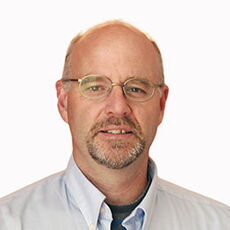
Dave Norman is Versant Power’s Manager of Regulatory Support and Market Based Solutions. Previously, Dave served as the utility’s Manger of Engineering & Asset Management. A licensed professional engineer, he has more than 30 years of experience in the energy and power sector and holds bachelor’s and master’s degrees in engineering from Cornell University.


